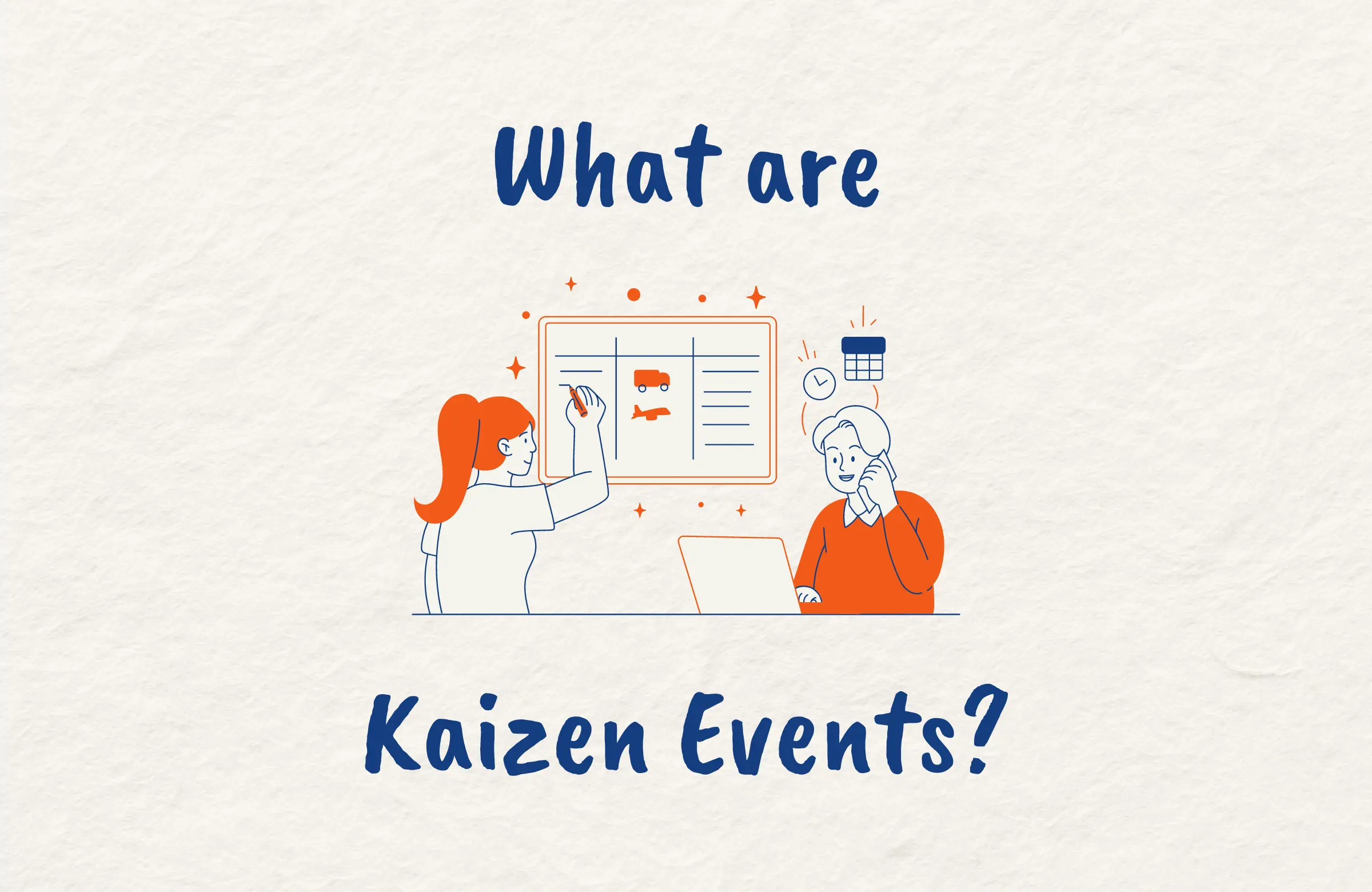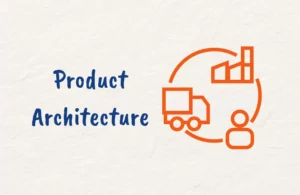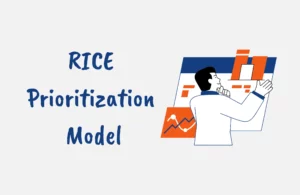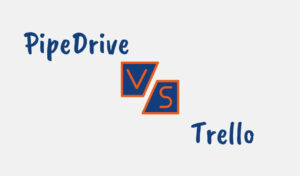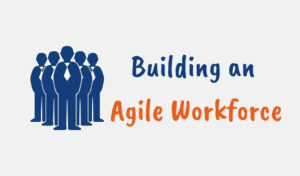Continuous improvement is imperative for organizations to sustain success. Kaizen events provide a proven approach to drive rapid, breakthrough enhancements.
In this post, we’ll explore how these intensely focused workshops can optimize processes and deliver quick wins. You’ll learn what defines a kaizen event, the types of events, how to run one properly, and key participant roles.
We’ll also discuss when to time events for maximum impact, how to choose the right scope, and steps to ensure successful execution. Understand how kaizen events can enable your teams to implement substantial improvements that may have seemed impossible.
Kaizen Overview
Kaizen is a Japanese business philosophy that focuses on continuous improvement. It involves everyone in an organization working together proactively to achieve regular, incremental improvements in processes and efficiency.
The word “kaizen” comes from two Japanese words: “kai” meaning change, and “zen” meaning good. Literally translated, kaizen means “change for the better”.
At its core, kaizen is about consistently finding ways to streamline and enhance workflows, products, and services.
It provides a structured framework for teams to regularly brainstorm ideas that can optimize operations and boost quality. Kaizen leverages collective input, expertise, and creativity to fuel ongoing positive changes both big and small.
Adopting a kaizen culture requires dedication from leadership and staff alike. However, the payoff can be immense. Incremental yet impactful improvements quickly compound, generating major gains in productivity, cost-savings, and customer satisfaction over time.
What is a Kaizen Event?
A kaizen event is a focused, short-term project that brings together cross-functional teams to intensively brainstorm and implement process improvements.
Kaizen events typically last 3-5 days and hone in on a specific issue or opportunity area. They provide structured time for teams to deeply analyze current workflows, identify waste and inefficiencies, and rapidly develop and execute solutions.
Unlike daily kaizen which involves gradual ongoing enhancements, a kaizen event facilitates an intense burst of targeted process innovation and optimization. Kaizen events enable organizations to make significant leaps in improving productivity, quality, and customer satisfaction.
During a Kaizen event, you and your team will map out existing processes end-to-end, look for pain points and bottlenecks, and pinpoint the root causes of defects. You’ll then collaboratively redesign streamlined future-state processes.
Cross-functional perspectives ensure all angles are considered. Creative ideas are encouraged. Once solutions are agreed upon, they can be swiftly tested and implemented within the kaizen event timeframe.
The compressed schedule intensifies focus and urgency. By the end of the 3-5 days, your team will have conceived, designed, and rolled out process enhancements that may have previously seemed unfeasible or taken months to actualize.
5 Types of Kaizen Events
There are several types of kaizen events tailored to specific goals:
1. Rapid Improvement Events
Rapid improvement events focus on making dramatic enhancements to a process as quickly as possible. Cross-functional teams intensely analyze workflows to uncover and eliminate waste, then creative solutions are rapidly prototyped, tested, refined, and implemented within 3-5 days.
2. Process Kaizen
Process kaizen targets inefficient or defective processes and procedures. Detailed process mapping identifies problem areas. New standardized processes are designed to boost quality and productivity.
3. System Kaizen
System kaizen optimizes the flow and connections between processes to improve system-wide performance. Mapping examines interactions between processes and information flow. Improvements enhance integration.
4. Value Stream Mapping
Value stream mapping kaizen maps the current and future state of the entire end-to-end value stream. Steps that don’t add value from the customer’s perspective are eliminated.
5. 5S Kaizen
5S kaizen instills organization, cleanliness, standardization, and sustainment in the workplace to improve efficiency, visual management, and culture.
The specific kaizen event type depends on the goals, scope, and needs of your organization. All share the purpose of rapidly achieving targeted improvements.
4 Key Phases of a Kaizen Event
For maximum impact, kaizen events should follow a structured framework with four main phases. These are:
1. Planning
Thorough planning and preparation sets the stage for an organized, productive event.
- Define the problem statement, goals, and scope. What issues will the kaizen event tackle and what outcomes are desired?
- Select a cross-functional team with diverse expertise related to the process.
- Provide training if needed on process improvement techniques like Lean and Six Sigma.
- Gather data on the current process metrics like cycle time, quality, costs, etc.
- Schedule the event timeline, milestones, and logistics like space and supplies.
2. Analysis
Analytical rigor uncovers the true opportunities for improvement.
- Map out the current state process in detail. Document each step and input.
- Identify areas of waste, inefficiency, variability, and excess complexity.
- Perform root cause analysis to pinpoint sources of defects and bottlenecks.
- Quantify current metrics like production time and costs, quality levels, etc.
3. Design
Innovative design realizes the process optimization potential.
- Brainstorm creative solutions to streamline the process and address issues.
- Map out an ideal future state process incorporating improvements.
- Develop standard protocols, procedures, tools, etc. to support the future process.
- Define measurable targets for metrics like reduced costs or defects.
4. Implementation
Effective implementation embeds positive changes into normal workflows.
- Run workshops to train staff on the redesigned process changes.
- Launch a pilot of the new process while monitoring results closely.
- Refine the process as needed based on pilot feedback.
- Roll out the process changes across the entire scope.
- Track metrics to quantify gains and ensure sustainment of improvements.
What is the Goal of a Kaizen Event?
The overarching goal of a kaizen event is to achieve rapid, breakthrough improvements in a focused process area.
More specifically, well-run kaizen events aim to:
- Optimize process cycle times and productivity
- Eliminate wasteful activities that don’t add value
- Reduce errors, defects, and rework
- Improve output quality
- Decrease costs associated with the process
- Boost engagement and morale of staff
- Encourage a culture of continuous improvement
With clear problem statements and success metrics defined upfront, kaizen events zero in on moving the needle on top organizational priorities and pain points.
Cross-functional teams pool their expertise and creativity to design changes that may have seemed impossible. Implementation converts ideas into tangible gains.
Kaizen events facilitate fresh thinking, issue resolution, and process excellence as the collective output far exceeds what individuals could achieve separately.
How to Choose a Kaizen Event
Carefully framing the kaizen event objective and scope leads to breakthrough enhancements rather than incremental tweaks. The best results come from focusing on high priorities and the greatest opportunities.
Choosing the right process improvement focus for a kaizen event is crucial. Consider:
Strategic Alignment
Align the kaizen event scope with strategic business priorities. If growing revenue is urgent, target workflow enhancements that speed up order processing and delivery.
High Impact
Prioritize issues that significantly impact productivity, costs, quality, safety, or customer satisfaction. The higher the potential impact, the better for a kaizen event focus.
Data Indicators
Analyze data like failure rates, error logs, delays, and bottlenecks to reveal problem areas ripe for a kaizen event. Hard metrics direct you to where improvement is needed most.
Customer Feedback
Feedback, complaints, and satisfaction scores highlight what customers feel needs improvement. Their input helps to choose kaizen event scopes that enhance their experience.
Employee Ideas
Frontline employees often have firsthand insights into flaws and frustrations. Considering their suggestions ensures a kaizen event tackles issues they actually face.
Quick Wins
Early kaizen events should target “quick wins”. These are easier issues to address that can demonstrate the value of the approach. Then build momentum before tackling complex processes.
When to Use Kaizen Events
Timing kaizen events appropriately ensures they tackle relevant issues and goals. While they get results anytime, the value is best realized when aligned with business needs.
Determining the right timing for a kaizen event depends on several factors including:
Process Problems
When metrics indicate a process is underperforming or defective, a kaizen event can rapidly get it back on track. Signs include decreased productivity, rising costs, and quality issues.
New Processes
Implementing a new process is an opportune time for a kaizen event to optimize it upfront. This way, improvements can be incorporated from the start.
Changing Demands
Shifts in business needs often require processes to be realigned. A kaizen event helps redesign workflows to meet new challenges.
Coordination Issues
Frustrations due to poor coordination across teams signal a kaizen event focused on integration and communication could help.
Major Goals
Kaizen events enable intense focus on achieving strategic goals like reducing costs by 10% or improving customer retention.
Growth Periods
Expanding organizations can use kaizen events to ensure processes scale smoothly rather than become bottlenecks.
Compliance Needs
New regulatory or compliance requirements may necessitate process changes best addressed quickly via a kaizen event.
How to Conduct and Use Kaizen Events
Conducting kaizen events takes successful careful planning, preparation, and follow-through. Here are some tips on using kaizen events:
Assemble the Team
Recruit a cross-functional team of 5-10 members with diverse knowledge of the process. Include senior leaders, team leads, and frontline staff as more perspectives yield more insights.
Define the Scope
Narrowly define the event’s purpose, boundaries, expected outcomes, and success metrics. Overly broad scopes dilute focus and reduce effectiveness.
Gather Data
Collect detailed data on the current process including productivity, cycle times, costs, quality levels, and pain points. Then quantify the performance baseline.
Map the Process
Visually map each step in the current process. Note inputs, outputs, decision points, and information flows. Identify waste and inefficiencies.
Root Cause Analysis
Pinpoint the vital few root causes of priority issues through cause-and-effect analysis, 5 Whys, or other methods.
Brainstorm Solutions
Facilitate creative brainstorming for process innovations. All ideas are welcome, so combine and build on options to create optimal solutions.
Plan Implementation
Detail how proposed changes will be rolled out, including timelines, training, pilot testing, and success metrics, then create an implementation roadmap.
Standardize and Sustain
Define standards and procedures to sustain gains. Continuously monitor process performance and issues post-event to reinforce improvements.
Key Roles in a Kaizen Event
Well-defined roles and responsibilities are crucial for a successful kaizen event. Key participant roles include:
Sponsor
Executive sponsorship empowers the team to make impactful changes.
- Provides resources and removes roadblocks
- Owns the process scope
- Sets goals and success metrics
- Ensures implementation and sustainment
Team Leader
Skilled leadership focuses the team’s energy in the right direction.
- Leads event planning and logistics
- Facilitates productive team discussions
- Keeps event on schedule and topic
- Guides the team to consensus on solutions
Team Members
Full engagement from team members is essential for breakthrough innovations.
- Provide process knowledge and frontline insights
- Identify issues and improvement opportunities
- Perform process analysis and mapping
- Brainstorm and evaluate alternative solutions
- Assist implementation post-event
Technical Experts
Analytical insights inform pragmatic, data-driven decision-making.
- Provide data analysis, modeling, and analytical expertise
- Quantify current state metrics as a baseline
- Estimate projected gains from proposed changes
- Advise whether solutions are feasible
Facilitator
An experienced facilitator optimizes collaboration, ideation, and output.
- Keeps team energized and on track
- Facilitates productive group processes and dynamics
- Reinforces kaizen principles and techniques
- Elicits collective creativity and buy-in
Benefits of Kaizen Events
Kaizen events enable organizations to tap the ingenuity of staff to drive rapid high-impact changes not otherwise possible. Well-run kaizen events can yield tremendous benefits which include:
Accelerated Improvements
Kaizen events enable accelerated enhancements that might take months or years through normal change processes. The defined timeline compresses breakthrough improvements into just days.
Fresh Perspectives
Diverse expertise applied intensely yields innovation as cross-functional teams think outside the box to develop creative solutions.
Enhanced Collaboration
The collaborative format enhances problem-solving and builds relationships across departments which improves camaraderie and morale.
Increased Engagement
Involving staff in shaping changes boosts engagement and satisfaction as participants gain a sense of ownership in solutions.
Developed Capabilities
Kaizen events build continuous improvement capabilities across the organization as participants become change agents.
Culture of Improvement
Consistent kaizen events promote a culture where everyone continuously looks for ways to improve processes and services.
Cost Savings
Kaizen events can produce significant operational cost savings as eliminating waste and accelerating cycle times reduce costs.
Business Impact
All the above benefits combine to directly impact the business bottom line through improved productivity, quality, and customer experience.
Kaizen Event Examples
The accelerated yet thorough nature of kaizen events makes them a powerful catalyst for breakthrough process improvements across industries and functions..
Here are some real-world examples of successful kaizen events:
Reducing Changeover Time
A manufacturing plant held a 3-day kaizen event focusing on reducing changeover time on a bottleneck machine.
By analyzing the setup process and using techniques like SMED, the cross-functional team redesigned and standardized the procedures. This resulted in changing over flavors on the machine 65% faster.
Improving Inventory Accuracy
A distribution center struggled with inventory accuracy issues. A kaizen event team mapped out the stocking, picking, and auditing processes. They discovered root causes like missing location labels and outdated training.
Implementing solutions including 5S, improved signage, and training decreased inventory count errors by 75% in 2 months.
Shortening Lead Times
A software company’s new client onboarding process took 4-6 weeks. Marketing, Sales, and Implementation teams used a kaizen event to map current steps and identify wasted time and handoff inefficiencies.
Optimizing handoffs shortened the lead time to under 2 weeks.
Increasing First-Call Resolution
Call center agents had limited ability to resolve customer inquiries, resulting in delays, extra calls, and dissatisfaction.
A kaizen event re-engineered information access and training to better empower agents. Subsequently, first-call resolution increased from 38% to 81% in one quarter.
Improving Operating Room Turnover
A hospital cross-trained staff and revised protocols via a kaizen event focused on reducing operating room changeover delays. The redesigned process decreased average changeover times by 57%, allowing more surgeries per day.
What is the Difference Between Kaizen and Kaizen Events?
Kaizen is an overall philosophy of continuous improvement, while a kaizen event is a short-term activity aligned with that philosophy.
Kaizen
- Focuses on incremental improvements over time
- Involves all employees in continuously identifying small enhancements
- Leverages suggestions and everyday workflows
- Requires steady leadership commitment
Kaizen Events
- Concentrate improvement in 3-5 days
- Bring cross-functional teams together intensively
- Follow structured, planned frameworks
- Target specific high-impact opportunities
- Implement changes immediately
Kaizen provides daily focus, while structured kaizen events give periodic concentrated bursts of optimization.
Kaizen events accelerate change through intense analysis, creativity, and implementation using the compressed timeline to force issues to the forefront. Kaizen complements as ongoing small improvements sustain gains.
The combination provides continuous enhancement through both major breakthroughs and minor refinements. Together, kaizen and kaizen events enable dramatic improvement. Implementing one without the other limits potential organizational advancement.
Conclusion
Kaizen events provide a structured approach to drive rapid, breakthrough improvements. By intensely focusing cross-functional teams on problem-solving and process innovations, they achieve significant optimizations in just days.
The accelerated timeline creates momentum and urgency to implement creative solutions that likely wouldn’t materialize otherwise. While not a panacea, kaizen events are an extremely effective tool for catalyzing change, delivering quick wins, and enabling organizations to realize process excellence.
Adopting a kaizen culture that balances everyday kaizen with intensive periodic kaizen events allows businesses to continuously transform and meet evolving challenges. With persistence and dedication, the compounding positive impact of kaizen can be far-reaching.
FAQs
What are the Four Keys to a Successful Kaizen Event?
The four keys to a successful kaizen event are:
• Proper planning and preparation
• Thorough analysis and documentation of the current process
• Creative brainstorming and design of an improved future-state process
• Effective implementation, testing, and sustainment of process changes

